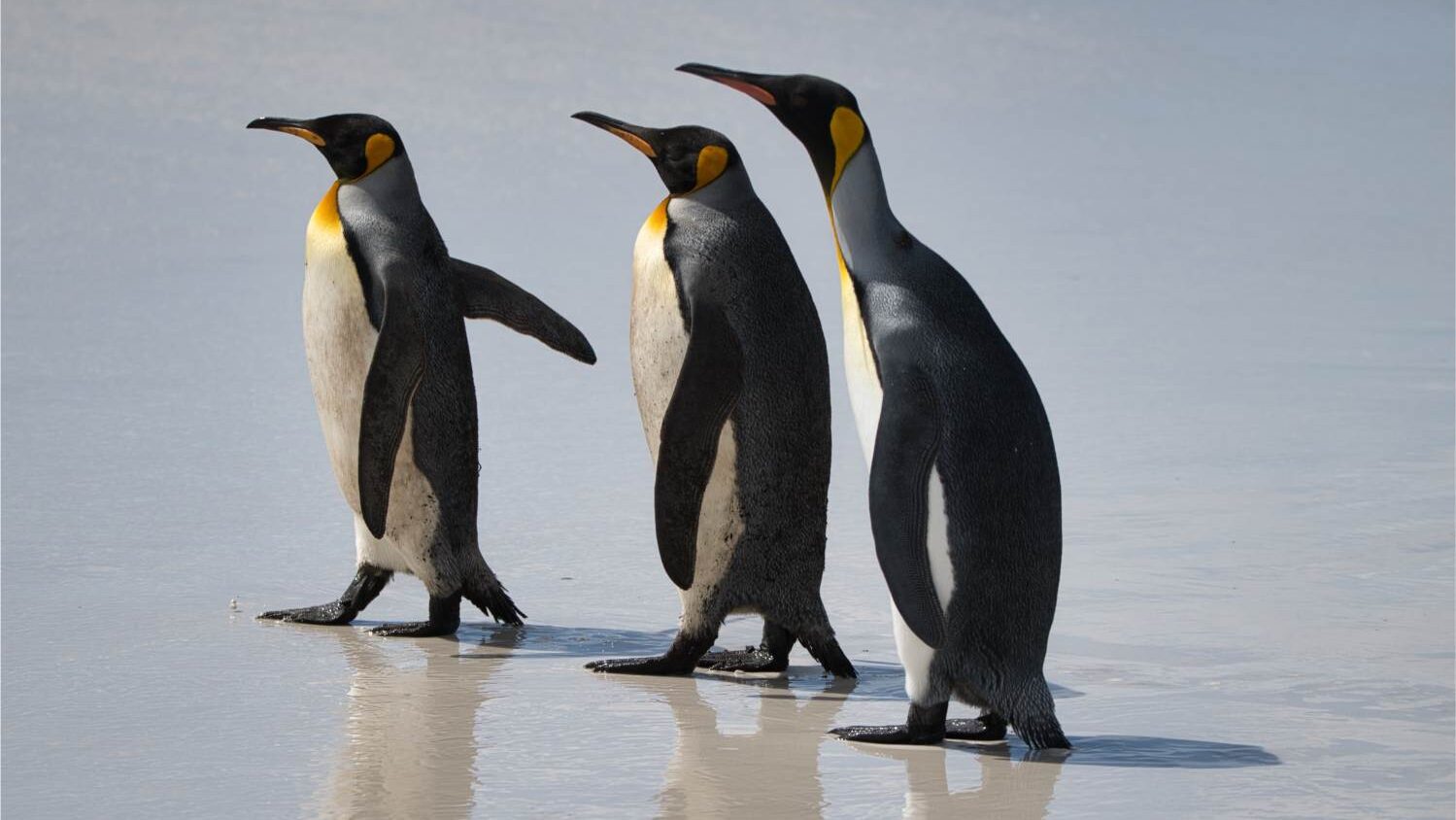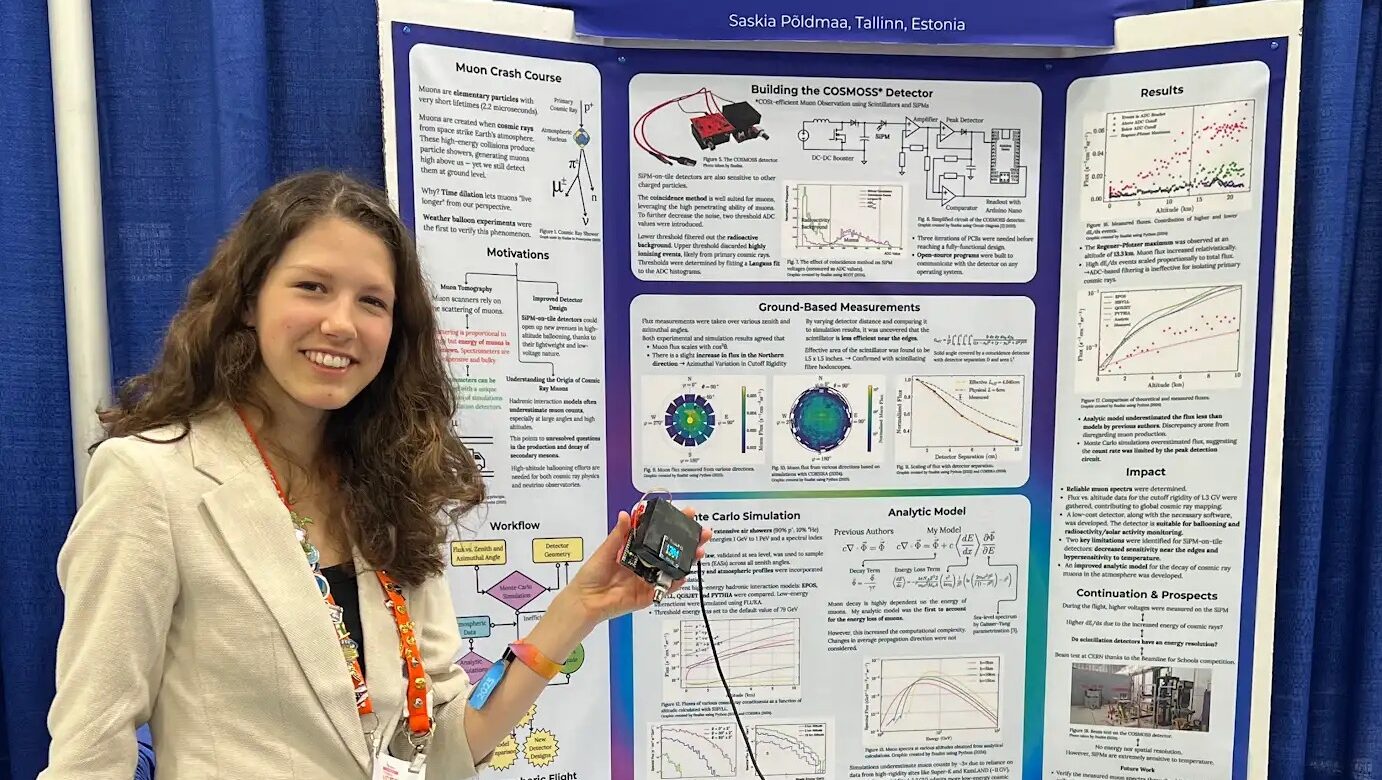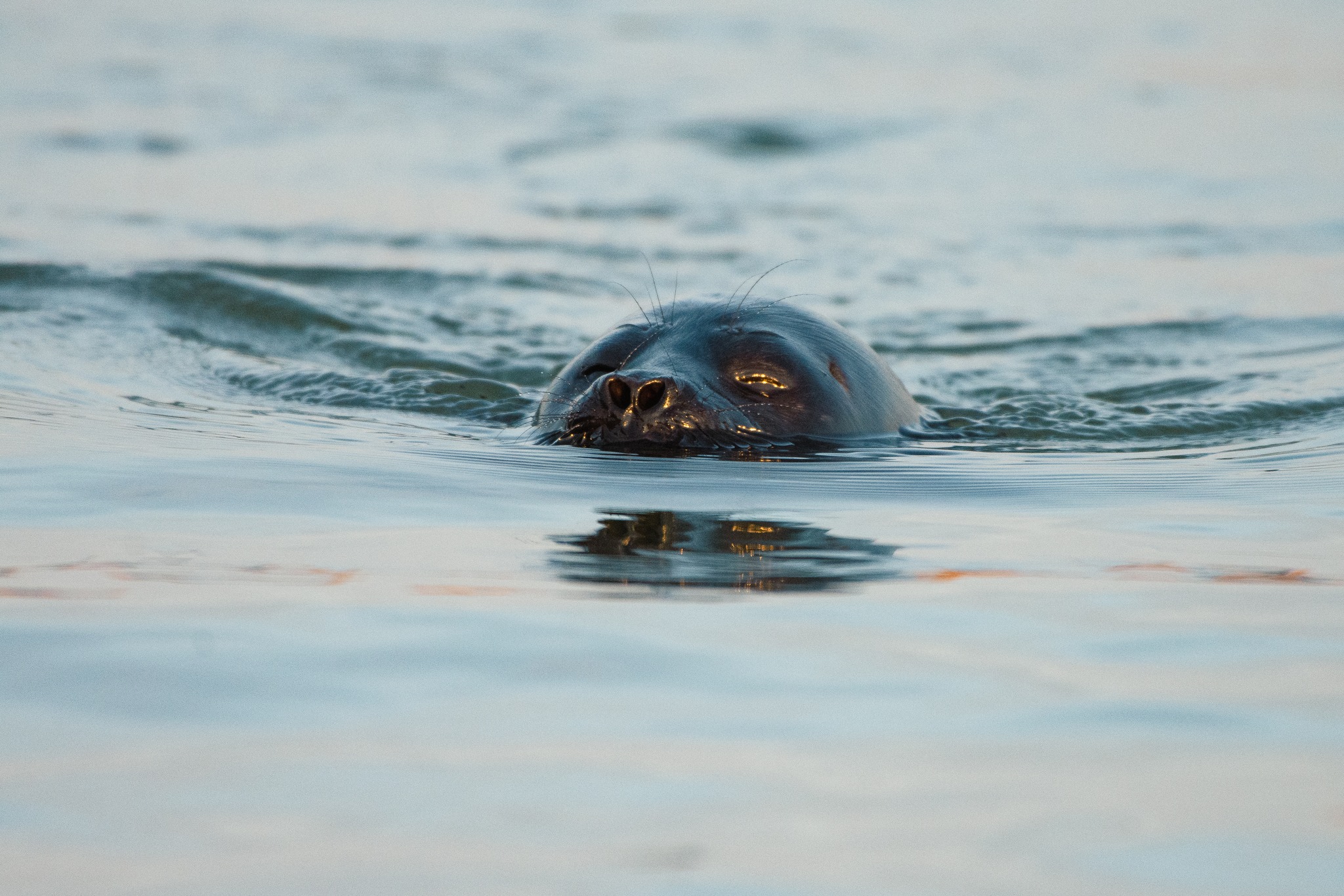The individual behind this scientific achievement was Friedrich Georg Wilhelm von Struve, a professor and director of the observatory of the Imperial University of Dorpat (now the University of Tartu).
Winchester admires Struve's achievements very much, outlining the scrupulous manner in which Struve, his colleagues, and student helpers trekked between the Black Sea and the Arctic Circle in Norway to measure a quarter meridian.
To begin with, he assembled a new collection of gear. Among this collection was a theodolite (what you'll see surveyors using on construction sites), a telescope called a zenith sector, plus “a giant brass quadrant, and a set of precisely made surveyor's chains.”
Struve, a Baltic-German (and Russian later on), initiated the survey at what is now the Tartu Tähetorn (Tartu Old Observatory) in the summer of 1816. As Winchester explains, the team first measured the latitude and longitude of the starting point with a chronometer and a sextant. A baseline was drawn and measured from this starting point. Then the team found a high-up landmark and made another line to that point. From this high up point, they would connect back to the beginning, where they would measure back to the previous landmark.
Using their tools and the mathematical principles of angles, the team could calculate distances without having to heave chains around for every measurement. In essence, Struve applied the mathematical technique of triangulation, where, if the length of one side of a triangle and the size of three angles are known, the length of the other two sides can be calculated.
Of course, even with math on their side, it was still an arduous task. For example, the team had to build towers when high landmarks weren't available.
In the summer of 1855, with funding having come from Tsar Alexander I and Tsar Nicholas I, Struve's team determined the length of a quarter meridian that went from Hammerfest, Norway, through Tartu, to the Ukrainian city of Stara Nekrasivka by the Black Sea. With one quarter of an entire longitudinal line measured, it was possible to calculate the circumference of Earth, which he declared to be 40,008,696 metres.
Simon Winchester laments how, “The Struve Geodetic Arc, by which he is now internationally memorialized, is one of the greatest—but also one of the least remembered—of the scientific achievements of the age.” Even so, the repercussions of this measurement brought respect to the family name. This reputation was even of help to his great-grandson, Otto Struve, when he fled Russia during the Russian Civil War and sought employment abroad. In 2005, the Arc became a UNESCO World Heritage Site, with many monuments and plaques built where it was still possible to find Struve's marker points.
But there were others who found the circumference of Earth before Struve. His survey was an effort to reflect the scientific prowess of the Russian Empire, convinced that the method he used would render his measurement the most precise, and all those before it irrelevant. How did the other methods differ?
In circa 240 BCE, the ancient Greek astronomer Eratosthenes opened up the field of geodesy, producing the first ever measurement of Earth's size. Eratosthenes' method didn't require nearly as much equipment, instead relying on measurements of angles of sunlight between his city of Alexandria, Egypt, and further up the Nile River in Aswan. Assuming the eminent Greek philosophers before him were correct in their argument that Earth was spherical, then he could use the seven degree difference he found in the angle of sunlight between these points to infer what the length of a full 360 degrees would be. It was already established that the distance between these two cities is 843.3 kilometres, and so Eratosthenes' measurement of Earth's circumference was 38,624,000 metres. After his measurement was taken, he implemented his examinations to map out the world as they knew it at the time.
In India during the 6th century CE, the mathematician Aryabhata wrote his calculation of the circumference of Earth, which we can interpret in metric units as 39,736,000 metres. Then, in 830 CE, astronomers in the Abbasid Caliphate worked to make their own measurement of the Earth. Sources vary, but it can be deduced from one presentation of their work that their calculation was 38,625,000 metres.
Each party wanted to see for themselves what the size was, with their own method. With much more technology at their disposal, NASA's measurement is 40,007,017 metres. In terms of the difference between NASA's measurement and pre-NASA measurements, Struve's was the most accurate. This is followed by Aryabhata, then the scientists from the Abbasid Caliphate, and finally Eratosthenes (who was 1,383,017 metres short of the correct figure).
It's incredible how close all of the measurements were, and how over different eras, the truth was found in different ways. Maybe with passing centuries, we as humans are not becoming more or less intelligent, we're simply reprocessing the facts. As time goes on, scientific discoveries are built upon the efforts of the past.
This article was written by Vincent Teetsov as part of the Local Journalism Initiative.




